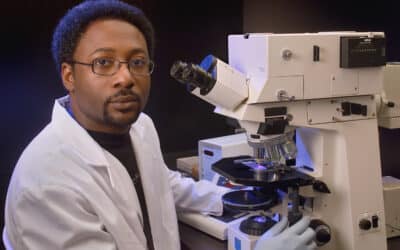There is a common misconception that food straight from nature is always ready to be eaten
immediately. It comes from the earth or the ocean so it should be safe right? Not always.
Some seafood may contain substances that are harmful for human ingestion. One such substance is
biotoxins. To ensure that products are harm free, you must do biotoxin testing in seafood. If you
work in the seafood supply chain and have never heard of this before, or even if you’re unclear
about it, read on.
The basics: What are biotoxins
Biotoxins are biological substances that are toxic. There are various forms of biotoxin and they can
be produced by almost every type of living organism. For example, zootoxins are made by animals,
mycotoxins are made by fungi, and phytotoxins are made by plants.
The reason these organisms create these biotoxins is to protect themselves from predators. As a
result, they can also cause harm to humans who ingest them. They can destroy tissue through killing
cells in the bloodstream, for example. In addition, biotoxins can target red blood cells and cause
harm to the nervous system.
These substances are edible only in very small portions. The Department of Environment, Forestry,
and Fisheries has outlined the allowable quantities, and these should be strictly stuck to.
The safety: How to detect biotoxins
You must send your products to an accredited chemistry testing lab to detect biotoxins. Here, your
product will undergo inspection that will allow for the determination of its physical and chemical
characteristics. From there, you will know the biotoxin content of your seafood product. This entire
process is called biotoxin testing.
This, however, is not the only reason you should do biotoxin testing in seafood. Sending your
products to the chemistry lab can also help you to determine whether they are contaminated with
bacteria or viruses. In addition, there may be other toxins in the product, such as heavy metal, or it
may even be infected by parasites.
The bigger picture: Food safety regulations
Seafood safety falls under the broader field of food safety. For this reason, your organization – no
matter where it falls in the supply chain – should act in accordance with the Foodstuffs, Cosmetics
and Disinfectants Act, 1972 (Act No. 54 of 1972). In this Act, you’ll also find the regulatory limits and
the recognized testing methods that are relevant.
However, there are a number of other regulations applicable to seafood. For instance, the
Regulations on Labelling and Advertising of Foodstuffs (R. 146/2010 as amended) lays out how your
products should be labelled.
Further, the Department of Environment, Forestry, and Fisheries notes that “Biotoxin monitoring is
mandatory during harvesting periods Farm managers must inform the Department of extended
periods of no harvest and dates when harvesting is to be resumed. Failure to comply will result in
temporary closure until testing is reinstated.”
Whether you’re a farmer, a packager, or are anywhere else in the supply chain, your products should
undergo biotoxin testing and comply with all other regulations.
In conclusion
Biotoxin testing in seafood is a measure that cannot be missed in the process of food safety. Leaving
this step out could result in illness for all those who consume your products. As a result, your
company’s reputation could be at risk. Contact AssureCloud to ensure all your food safety testing is done
correctly.



